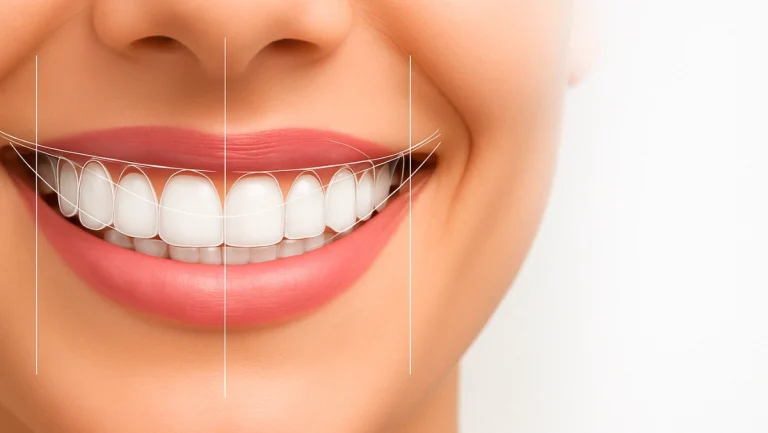Digital Smile Design (DSD) is a relatively new way of producing an accurate picture of the patient’s future smile based on modern technology. This process begins with superior-quality images, video, and dental molds which are converted to a digital model.
When used in conjunction with specially designed software, many of these elements rendered on screens could be employed by the dental professionals themselves, as well as a Glen Carbon, IL dentist, to illustrate to the patient how the treatment process will work out in appearance before the process starts.
This method improves the interaction between the patient and the dentist and helps to achieve the final outcome which would be preferred by the patient.
How Does the Use of Digital Smile Design Positively Impact Patient Experience?
DSD offers convenience to patients, and this is one of the main persuasive reasons for implementing DSD systems. This way, patients can better envision what they might achieve by going through treatment, thus making the decision regarding the procedure more solid.
Such an approach enhances confidence and the patient’s perception of satisfaction because the patient is part of the planning process of dental treatment. Also, with the help of digital images, the necessary corrections can be introduced in terms of the patient’s face morphology and the overall aesthetic plan.
In what ways does DSD enhance interprofessional cooperation and coordination among dentists?
The DSD process also ensures that a number of dental specialists get to work in tandem, thus avoiding fragmentation of services. For example, it is easy to refer a case to an orthodontist, a periodontist, and a restorative dentist all using the digital design. This makes for a program where each patient is offered a comprehensive care plan that involves dental health in its totality.
Thus, everyone focused on one picture and provided all their knowledge in the practice of diagnostics and treatment, which can be considered as a more effective treatment approach. It is important that a prize team work hand in hand in order to ensure that their positions on different aspects of patient care are informed by the general interests of the patient.
To what extent does the use of technology increase its effectiveness?
Technology is a major factor involved in Digital Smile Design, as it is used in delivering optimal results in treatment. The ability to control every aspect with digital tools equals accuracy in all dentistry processes including veneers, crowns, and even orthodontic procedures.
The digital simulations make it quite easy to make changes as they help the dental professionals to fine-tune the design until it is as close as possible to what the patient wants. This technological advancement also enhances the appearance results further enhances the beauty of the procedure and also lifts the efficiency of the treatment procedures thus reducing the number of follow-up visits needed to make adjustments.
Conclusion
Digital Smile Design is quite a revolution in individual dental treatment, which provides numerous advantages that improve the quality of services. This way of introducing the technologies coupled with the concept of customization DSD maximizes cooperation among the professionals of dentistry and guarantees clients a complete and exhaustive approach to their cases.
In the ever-growing dental field, adopting such technologies will indeed increase patient satisfaction and success in order to achieve personalized dentistry for many people. This system not only improves the quality of dental practice but also assists users in managing the whole oral care process.


Comments are closed.